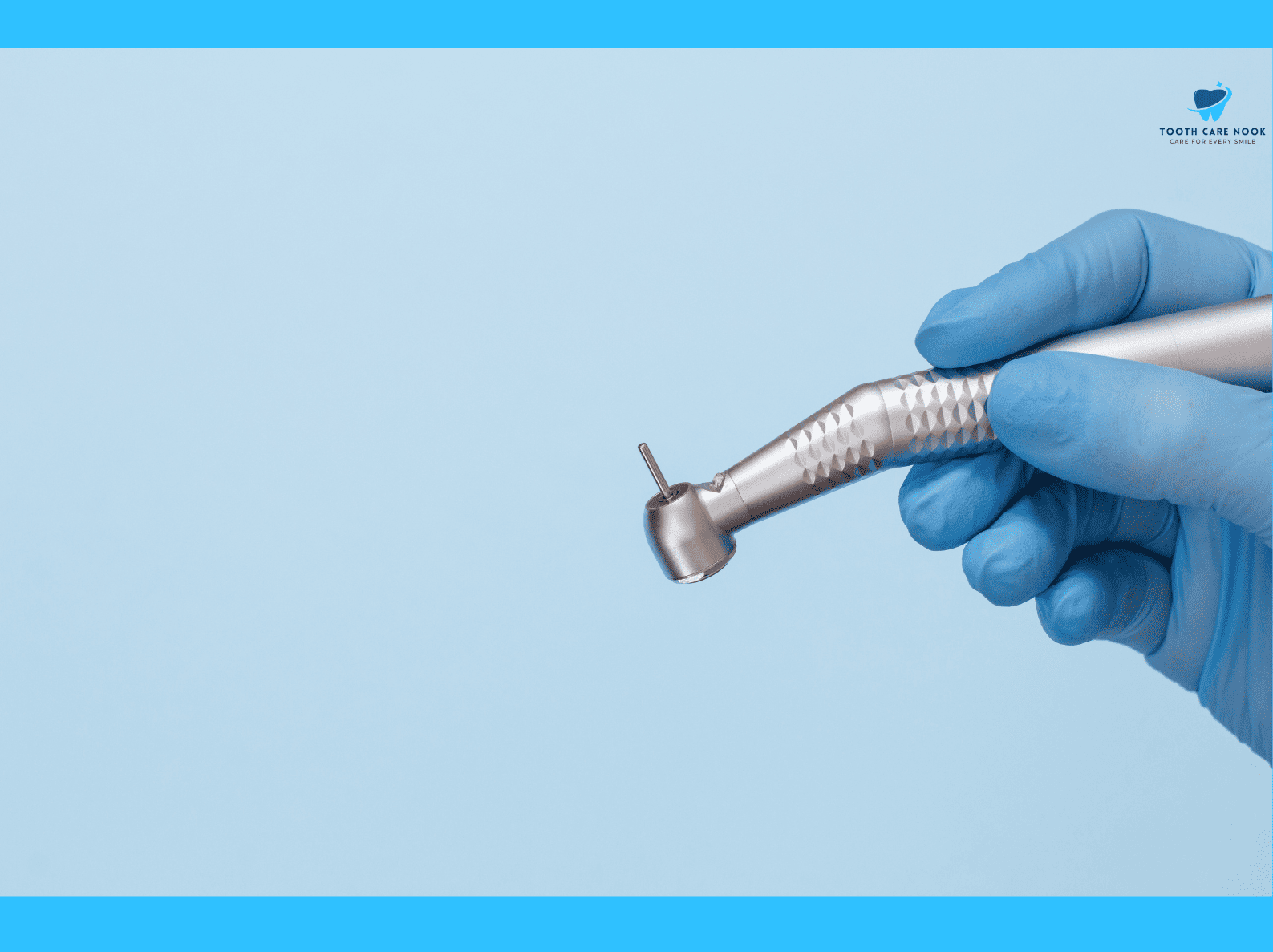How Did the First Dental Handpiece Operate?
The first dental handpiece was operated manually using a simple rotary mechanism. It was a hand-cranked device that required the dentist to turn a handle to create the rotational force needed to drill into the tooth.
This early tool was slow and required significant physical effort from the dentist which limited its efficiency and effectiveness. Over time, advancements led to the development of more sophisticated and powered dental handpieces, greatly improving the speed, precision, and comfort of dental procedures.
When Was the First Dental Handpiece Invented?
The first dental handpiece was invented in 1864. George F. Green patented the first electric dental drill, marking a significant advancement from the earlier hand-cranked devices. This invention laid the foundation for modern dental handpieces, significantly improving the efficiency and effectiveness of dental procedures.
What is the History of Dental Handpieces?
The history of dental handpieces began with manually operated tools in the early 19th century. Initially, these were hand-cranked devices that required significant effort to operate.
By the early 20th century, air-driven dental handpieces emerged, further improving speed and precision. These high-speed turbines, introduced in the 1950s, gave a new direction to dentistry by significantly reducing procedure times and enhancing patient comfort.
What is its Function?
The function of the dental handpiece is to provide the rotational force needed to perform various dental procedures. It is used to drill, cut, and shape teeth, as well as to remove decay and prepare cavities for fillings. Dentists can also use these tools to polish and finish fillings or crowns. Today’s handpieces are powered by air or electricity and are super precise. This makes dental work even better and more comfortable for patients.
What Are the Three Types of Dental Handpieces?
Following are the three types of dental handpieces:
- High-speed dental handpieces.
- Electric dental handpieces.
- Low-speed dental handpieces.
What Type of Handpiece is Used in Oral Surgery?
Dentists use special low-speed tools for surgeries. These tools are super precise and help with things like pulling teeth, shaping bones, and putting in implants. They’re also used for cleaning teeth and polishing fillings.
They often operate at lower speeds but with higher torque compared to regular dental handpieces, ensuring accurate and safe performance during surgical interventions.

What is Handpiece Sterilization?
Handpiece sterilization is the process of thoroughly cleaning and disinfecting dental handpieces to eliminate any bacteria, viruses, and other pathogens. This is done to ensure that the equipment is safe for use on patients and to prevent cross-contamination between patients.
To complete the sterilization process, the handpieces must be cleaned to remove debris, followed by the use of an autoclave or other sterilization device using high-pressure steam or chemical solutions. This practice is very important for maintaining high standards of hygiene and patient safety in dental care.

